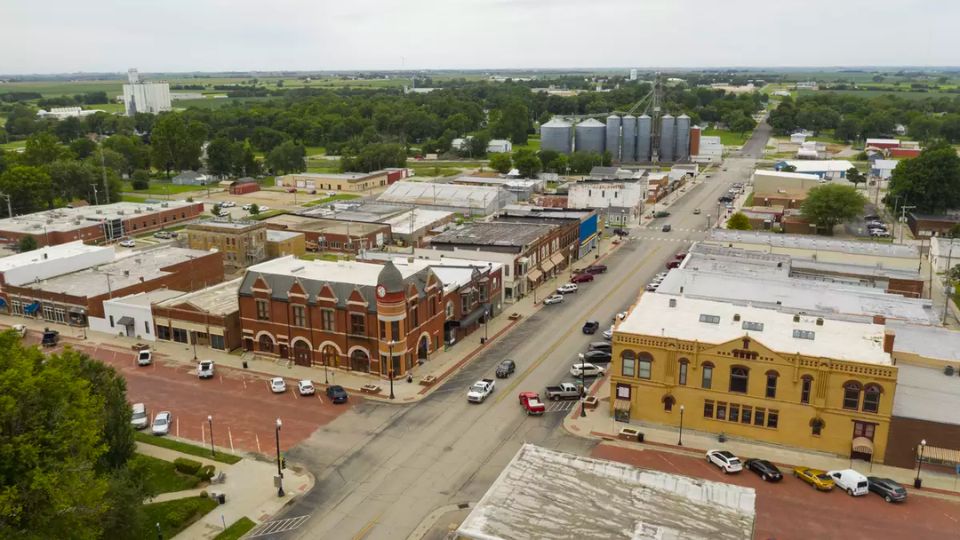Michigan, a state known for its automotive industry and Great Lakes, faces significant economic disparities within its cities. Recent data highlights a concerning situation in certain communities, notably in cities like Baldwin, Detroit, and Flint. This article delves into the economic struggles of these cities, examining their poverty rates, median household incomes, and the initiatives in place to combat these challenges.
Baldwin: The Poorest Town in Michigan
Baldwin, with a population of just 1,036, stands as the poorest town in Michigan. The median household income in Baldwin is a mere $22,593 annually, starkly contrasted against the state’s median of $63,202. A substantial 41.3% of households in Baldwin rely on government assistance, indicative of widespread financial hardship.
Detroit: America’s Poorest Big City
Detroit, once a bustling hub of the automotive industry, now holds the unfortunate title of the poorest big city in the United States. The city’s median income is $27,838, significantly lower than the national average. Compounding this is a high poverty rate of 37.9% and an unemployment rate of 19.8%, the highest nationwide. These figures reflect the city’s struggles with urban renewal, discriminatory loan policies, and a mass migration to the suburbs that left behind a predominantly poor population.
Also Read: Top 5 Picture-Perfect Towns In Idaho
Flint: Struggling with Poverty Amidst Public Health Crises
Flint is another Michigan city grappling with severe economic issues. Almost 70% of children in Flint grow up in poverty, a rate five times higher than the U.S. average. Each year, around 1,200 children are born into families in Flint facing severe financial challenges. The city is not only dealing with economic hardship but also with the aftermath of a major public health crisis involving lead-contaminated water.
Economic Factors and Government Initiatives
The economic struggles in these cities can be attributed to various factors, including deindustrialization, population decline, and systemic inequalities. In response, several initiatives have been launched to alleviate poverty and promote economic development. For instance, Flint’s “Rx Kids” program, a pioneering initiative, aims to support families and children by providing unconditional cash transfers to those in need. This effort reflects a community-driven approach to tackling poverty and improving health outcomes.
Conclusion
The cities of Baldwin, Detroit, and Flint represent a broader issue of economic disparity in Michigan. While these cities face significant challenges, there are concerted efforts underway to improve the situation. Understanding the complexities of poverty in these areas is crucial in developing effective strategies for economic rejuvenation and social support. As Michigan continues to evolve, the focus on uplifting its most vulnerable communities remains a critical aspect of the state’s overall progress and well-being.



Leave a Reply